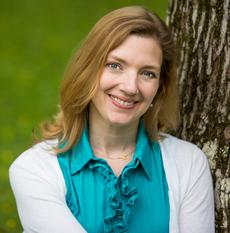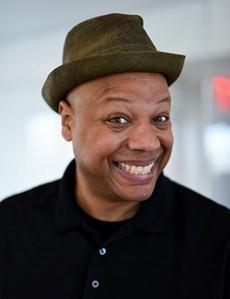|
|||
|
|||
|
|||
Irene Latham and Charles Waters were sort of friends when they began writing Can I Touch Your Hair? (Carolrhoda/Lerner Publishing Group, January 1, 2018) together. Now, after many e-mails and texts (and the occasional phone call), they are friends for life. They believe poetry can start conversations and change lives. With a little courage and understanding, together we can make the world a better place.
Sean Qualls and Selina Alko have collaborated on The Case for Loving as well as Why Am I Me?. Sean has illustrated a number of acclaimed children's books, including Emmanuel's Dream and Before John Was a Jazz Giant, for which he won a Coretta Scott King Illustrator Honor. Selina is the author and illustrator of more than a dozen books for children, including Daddy Christmas & Hanukkah Mama and B Is for Brooklyn. They live in Brooklyn, N.Y., with their two children, Isaiah and Ginger.
What made you interested in this project?
Irene: I live in Birmingham, Ala., where probably the worst thing you can say about a white person is that they are racist. What happens is, white people don't talk about race or racism. It's too dangerous. What if we say the wrong thing? Or worse, what if we really are racist? I can't think of a more important issue, or a simpler way to improve the world than to talk about race and racism--to listen, to choose not to be offended, to make mistakes, to at least try.
Charles: In my opinion, this is one of, if not the most central issue facing our nation today. How we talk about race; how to not be afraid of having hard, heartfelt, respectful conversations about how it affects us, both in the giving or receiving of it; how over-the-top racism can be as hurtful as subtle racism. How can we can go to the heart of the matter on the three C's--color, culture, class--and emerge with our humanity intact?
Selina & Sean: We had a visceral reaction to the manuscript; immediately we could imagine our childhood selves in Charles and Irene.
Was your work done as a collaborative effort?
Charles: Yes. Irene and I would pick general topics and write different versions of poems and send them back and forth to each other. Sometimes, we'd edit each other's poems. That took our trust to a whole new level. It's one thing to write pleasant e-mails to each other, but when you start rewriting another person's poems, that's a whole other row to plow.
Irene: This was my first adventure in collaboration, and I loved working with Charles. We shared powerful memories and connected on a vulnerable, human level. It was an intense experience, and we had the first draft completed in about three weeks.
Selina & Sean: Yes. We never work on the same piece at the exact same time. We usually spend the most time figuring out our characters in the beginning and then divide and conquer from there. When we work, it is always a back and forth.
Do you have a favorite part of the book? Or did you have a favorite part of working on the book?
Charles: My favorite part of working on the book was working with Irene and our editor Carol Hinz. Both are such strong, heartfelt humans. My favorite poem in the book is "News," written by Irene about police brutality. She did something that's so, so difficult, taking a tricky subject matter and distilling it to its bare essence with humanity.
Irene: Getting to know Charles was the best part! I have three biological brothers, two adopted ones and now Charles. As a reader, I want to feel something, and Charles's poems fill me and empty me. And then there are the illustrations! I adore "mad Charles" so much that I convinced Sean and Selina to sell me the original piece.
Selina & Sean: Our favorite part was creating a young Charles and Irene and coming up with the symbols--such as blooms of flowers and exaggerated tears--that would emphasize their issues (growth and suffering).
This picture book explores interracial communication--why did you choose to create this project for young readers?
Irene: Curious, shy, young me would have loved this book. I was fortunate in that I was exposed to a lot of different cultures, in part due to living in Saudi Arabia for two and a half years and then traveling with my family worldwide. This project gives all kids a way to celebrate diversity and provides a model for vulnerability, trust and friendship.
Charles: I am of the opinion that more of life can be soaked up as a younger person than as an adult because one is more open to their surroundings. I feel life is a great mystery but more so when I was a kid, more of a sense of wonder at the world, more mistakes that can happen and also more that can be learned.
Selina & Sean: We can remember our own fragile states of minds at that age (and we have kids similar ages now, so it's even more personal to us). We believe it's important to talk about race and identity at a young age and not brush hurts/misconceptions under the carpet.
Is there something you hope this book will do or say?
Irene & Charles: For all our differences, we both grew up in big families (each of us is one of five kids), were blessed with loving parents, went to public schools, loved to read, had and still have curious minds--which means, ultimately, we're more alike than we are different. It's our hope that this book starts all kinds of conversations about race and racism and that it brings people together in friendship, just like writing the book did for us.
Selina & Sean: We hope it will start conversations. We need to talk now more than ever.




